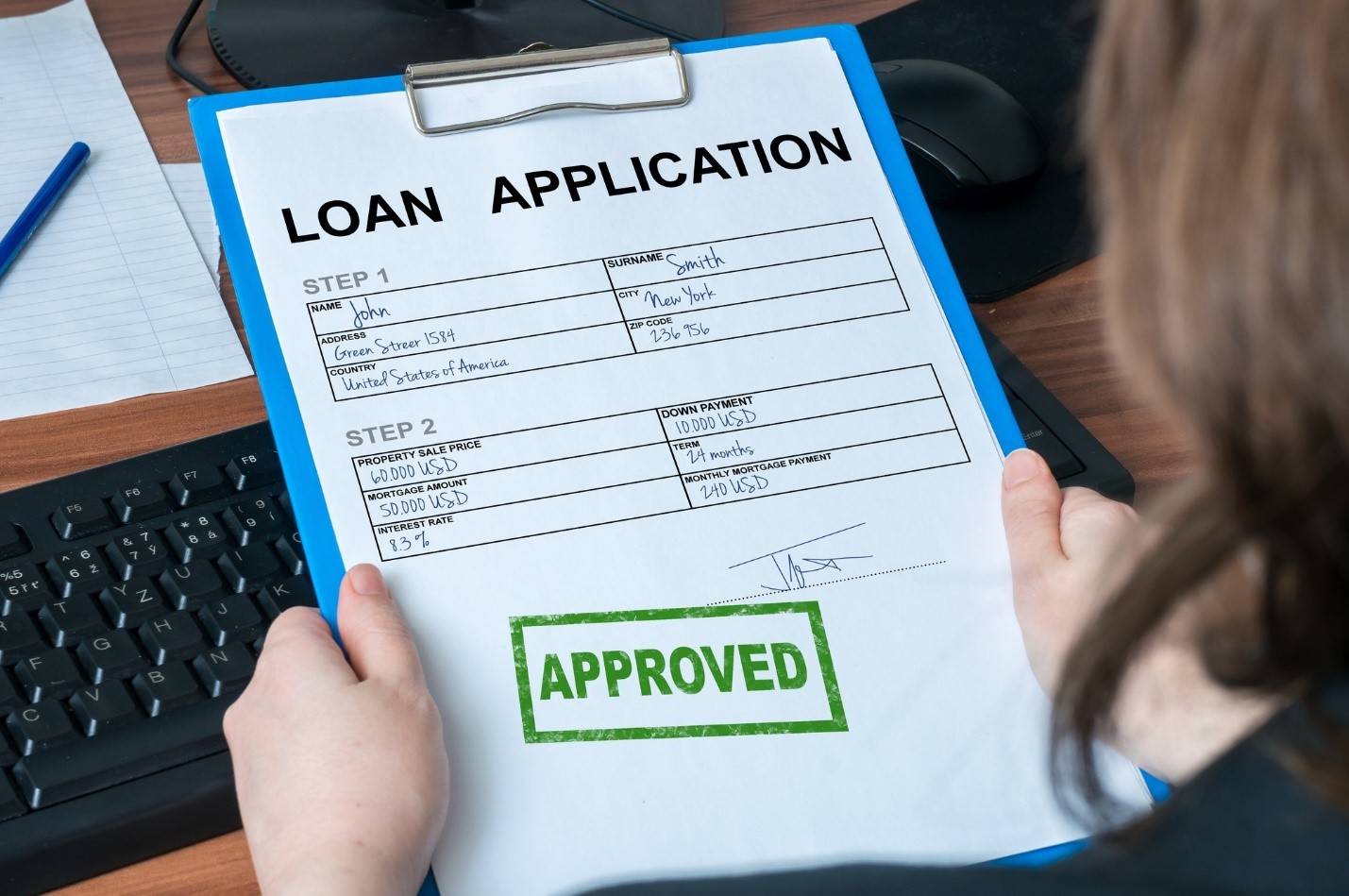Did you know there are over 21.1 million people in the United States that currently have a personal loan? Whether you need a personal loan to pay for a new appliance, or just to cover some monthly bills, this form of lending can help you pay for the things you need now.
However, if you’ve never applied for a personal loan, then you might be slightly intimidated by the process. There are likely lots of questions running through your head. One of the more popular ones is usually, Is it difficult to get a personal loan?
Or, what type of information do you need to apply? If you want to learn the answer to these questions and more, then you’re in the right place. Keep reading to find out everything you need to know about taking out a personal loan.
What Is a Personal Loan?
A personal loan is when you borrow a specified amount of money from a lender like a credit union or bank. When you get approved for this amount of money you can use it for a variety of purposes.
Unlike a mortgage or auto loan, which needs to be used for a specific purpose, you can put this money toward whatever you need. Some common uses are things like unexpected medical bills, education expenses, new appliances or renovations, and consolidation of debt.
So what makes a personal loan different from a credit card? Unlike a credit card, you pay back a personal loan with fixed payment installments, as well as interest. Now that we know more about what a personal loan is, let’s explore some of the terms you should be familiar with.
What Are Some Personal Loan Terms You Should Be Familiar With?
When you start looking for a personal loan you’re likely going to encounter a lot of terms that you likely aren’t familiar with. So, to make things easier for you we’ve listed some common definitions that you’re bound to run into. They include things like:
Principal: This refers to the amount of money you borrow. So, let’s say you want to borrow $5,000. The lender will use this principal amount to calculate how much money you owe in interest payments.
Interest: Interest is the way that the lender makes money off your loan. So, in addition to paying back the loan itself, you will also need to pay back the interest charge that comes with it. This comes in the form of an interest charge that’s added to your monthly payment. Interest is expressed as a percentage rate of the principal that you owe.
APR: APR is an acronym that stands for annual percentage rate. In addition to interest lenders often also tack on additional fees. As such, your APR is a sum of both your interest rates as well as any other fees. That way you get a better picture of the actual amount that you’ll end up paying.
Term: Your term refers to the length that your loan lasts.
Monthly payment: Every month of your term duration you’ll be required to pay a certain amount of money to your lender. This is referred to as your monthly payment. It includes both the money you owe as well as your interest charge.
What Are the Different Types of Personal Loans?
There are two main types of personal loans that you need to know about: unsecured and secured personal loans. Almost all personal loans will fall in the unsecured category. With this type of loan, you don’t need to put up collateral in case you can’t make payments.
This is ideal because it’s not as big of a deal if you can’t pay back your loan. However, there are some drawbacks. To compensate for the risk on their part lenders will often charge high interest rates and require high credit scores to apply for the loan.
In addition to this, you can expect short principal amounts and short-term periods. If you want a bigger loan, then it’s probably going to have to be a secured loan.
This type of loan requires you to put up some form of collateral that the lender can seize in the event of late payments. This is usually something like a home, car, or bank account.
The pros of this type of loan are that you get a lower interest rate and you can borrow more. However, they are also quite risky. If you can’t make the payments, then you risk losing whatever you put up as collateral.
As such, you don’t have just debt to worry about, you could also face being homeless or car-less. Because of this, you should consider it carefully before you go with this type of loan. You should never put something up for collateral that you aren’t prepared to lose.
Is It Hard to Get a Personal Loan?
The good news is that it’s not usually that hard to get a personal loan. However, this can change depending on what type you get. The truth is that some types of loans are harder to get than others.
As we mentioned in the previous section, there are two main types of personal loans: unsecured and secured. Unsecured loans are much harder to get since the bank is taking a bit of a risk by lending you money.
As such, most lenders will require a credit score of 660 or higher. Most won’t give you the loan unless you have one at 700 or higher. Some lenders will give you an unsecured loan without a credit check.
However, these usually come with predatory interest rates. As such, we recommend avoiding them. Secured loans are much easier to get since it reduces the amount of risk that accompanies the transaction.
Most of the time you can get a secured loan even if you have bad credit. However, keep in mind that some circumstances will make getting a loan next to impossible, like having no income.
You need income to show the lender that you can realistically pay back the loan. As such, it will be hard to get one without it.
How Do You Apply For a Personal Loan?
Before you begin applying for a personal loan you’re going to need to compile some information and documents. These include things like a government-issued ID, social security number, banking information, address, proof of income, and documentation of your expenses. In addition to this, lenders will also look at your credit score.
This will determine both what types of loans you can get and the interest rates that come with them. You can find your credit score by visiting this resource on credit reports.
Knowing your credit score is important because it lets you know where you stand with lenders. Once you get this information you can begin shopping around for lenders and submitting applications.
It’s important to not go with the first loan that comes your way. Instead, find out what types of rates you can get from different lenders before choosing the one that works best for you.
You should try and calculate what should be a fair deal before you select a loan type. Not sure what your baseline is for your loan? Check out this personal loans calculator. It can help you calculate your monthly repayments. Plus, Plenti gives you access to personalized loan solutions.
How Fast Can You Get a Personal Loan?
Some personal loans can be issued quickly, others can take a while. Ultimately, it depends on what type of lender you go with. For example, if you go with an online lender, then you can often see results back in less than a few hours.
This is because online lenders often let you get pre-approved. However, if you go through a more traditional route, like a bank or credit union, then it can take a few weeks before your application is processed.
And, once your loan is approved it will still take a few days for the money to be processed. As such, there’s not a truly instantaneous way to get money into your account from a loan.
Want More Content? Keep Reading
We hope this article helped you answer the question, Is it difficult to get a personal loan? As you can see, there’s a lot of considerations and steps involved in taking out this type of loan.
The good news is that most loan companies make the process fairly straightforward and simplified. So, just find a lender that offers you fair terms and follow the advice in this article.
Before you know it, you’ll have the money you need. Did you enjoy this article? If the answer is yes, then you’re in the right place. Keep exploring to find more topics that you’re sure to love.




